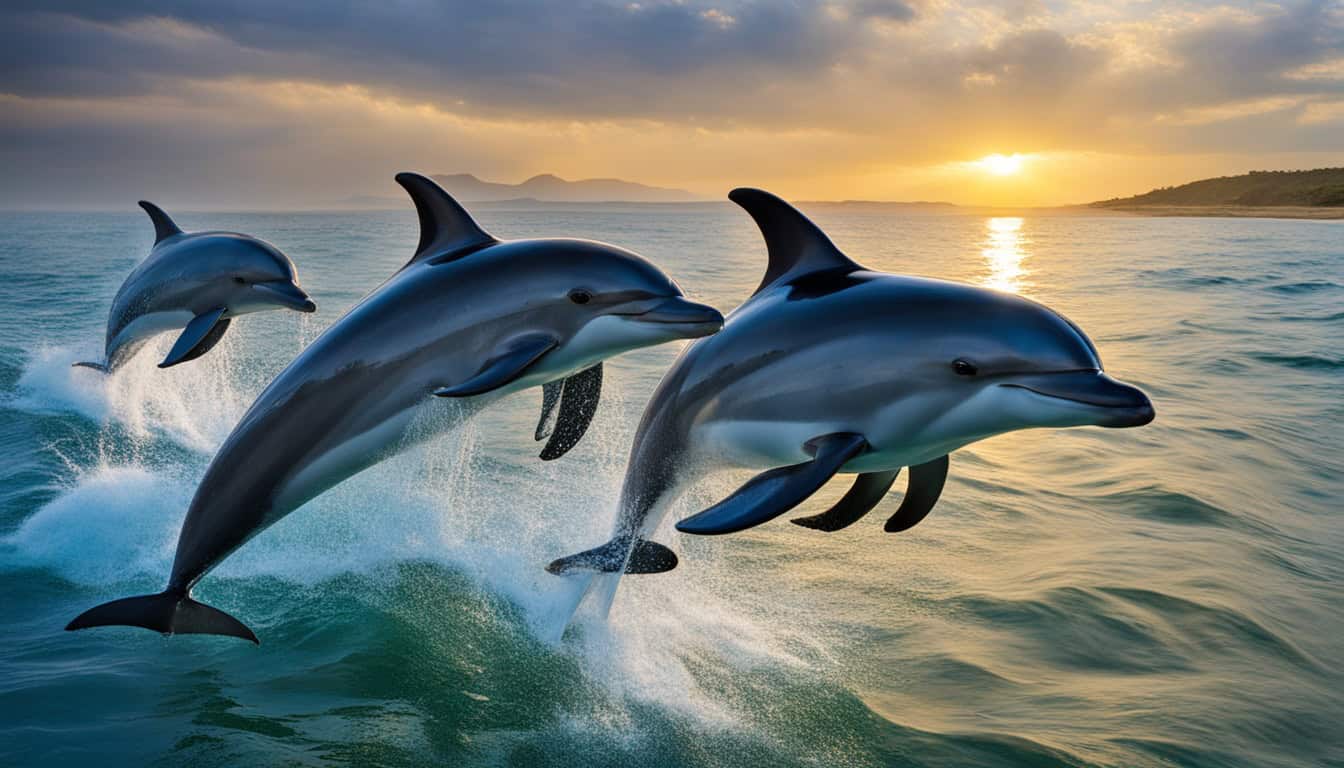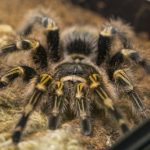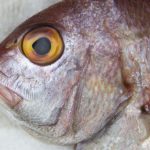Do you know how many dolphin species live in American waters? Contrary to what many think, the United States is home to a lot of dolphin types. You can find everything from the well-known bottlenose dolphins to rarely seen false killer whales. This highlights the amazing variety of dolphins in America.
Head to the Atlantic for fun with Atlantic spotted dolphins and vibrant Atlantic white-sided dolphins. On the Pacific side, there are the athletic Pacific white-sided dolphins that are known for their unique colors and flips. Dall’s porpoises and harbor porpoises also join, making a rich mix.
Keep looking and you may spot Risso’s dolphins with their special scarring and big false killer whales. All these varieties make the US a dream for those who love the sea. They also make a perfect playground for researchers exploring the wonders of the sea.
Common Bottlenose Dolphin
The common bottlenose dolphin is often found in the United States. They are known for their fun and playful ways. These dolphins are a joy to see for both scientists and fans. You can often spot them near the coast, playing around.
Distribution and Habitat
Common bottlenose dolphins live all along the US coast. You can see them in warm and cool waters. They love being in harbors, bays, and other nearshore places. This makes it easy for people to view them up close.
Physical Characteristics
These dolphins are easy to spot with their big bodies and unique nose. Color-wise, they range from light to dark gray on top. Their belly is light to help them hide from enemies. They move through the water gracefully thanks to their shape.
Behavior and Social Structure
Bottlenose dolphins are smart animals with strong family ties. They live in close groups and help each other. These dolphins have cool ways to catch food, showing off their cleverness. Watching them jump and play is always fun.
Pacific White-Sided Dolphin
The Pacific white-sided dolphin is truly special in the North Pacific. Its looks and actions make it a top pick from USA dolphin groups. It shines in the marine world because of these unique traits and the places it likes to live.
Distribution and Habitat
These dolphins love the cool waters of the North Pacific. You can spot them from Japan to Baja Mexico, including North America and Alaska’s coasts. Their diverse living places show how well they adjust to different North Pacific areas.
Physical Characteristics
The Pacific white-sided dolphin stands out with its colors. It has a dark gray back, but its sides and belly are white with light and dark spots. You also can’t miss its big, curved dorsal fin. They are known for jumping and twirling out of the water, making them a favorite for those who love marine life.
Diet and Feeding Habits
These dolphins mainly eat squid, little fish, and more sea creatures. Their eating style shows they are active hunters in their home. Eating different foods helps keep the ocean’s food chain balanced and healthy. This shows why these dolphins are key in the USA’s marine life scene.
| Characteristic | Description |
|---|---|
| Habitat | Cold, temperate waters of the North Pacific |
| Distinct Features | Dark-gray backs, white sides, large curved dorsal fin |
| Behavior | Acrobatic leaps and spins |
| Diet | Squid, small fish, marine life |
Atlantic Spotted Dolphin
Atlantic spotted dolphins stand out in the ocean’s cetecean family. They live in the warm, tropical Atlantic. These dolphins love to surf waves, especially those made by boats. Their lively behavior makes them a joy to watch in the wild.
These dolphins are special because of how they live with others. They mix with different dolphin types, adding to the rich marine life near the US coast. Whether they’re far out in the sea or near the shore, American Atlantic spotted dolphins show amazing sea life diversity.
Now, let’s talk about what makes Atlantic spotted dolphins unique:
- Speed: They’re quick and nimble in the water.
- Social Behavior: Living in groups, they show complex social skills.
- Habitat: They do well both far out and near shores, adapting to different sea conditions.
Atlantic spotted dolphins’ lively, social habits show how critical they are in the US marine world. They bring joy to those who study the sea and are key in keeping ocean life balanced.
Risso’s Dolphin
Risso’s dolphins stand out with their gray to white color and scarring. They get these scars from socializing and hunting squid. You can find them deep in the ocean, near continental shelves.
Distribution and Habitat
These dolphins love the deep parts of the ocean, bordering continental shelves. Their deep-sea home interests marine biologists. They like to study these unique dolphins.
Physical Characteristics
Risso’s dolphins are known for their strong bodies and rounded heads. They don’t have the usual dolphin beak. Their gray skin is marked with scars, giving it a marbled look. This makes them stand out in the ocean.
Behavior and Social Structure
Risso’s dolphins are very social, living in close groups. They work together to find food and are deeply connected. Their teamwork in hunting shows how organized they are as a group.
In their deep-sea habitat, watching these dolphins gives us a view of complex dolphin societies. They’re fascinating to see because of their tight bonds and teamwork.
Dall’s Porpoise
Dall’s porpoise is named after American naturalist W.H. Dall. It’s a captivating member of the small cetaceans group, found in the North Pacific Ocean. This range goes from California up to Alaska. Known for their amazing speed and agility, they’re some of the quickest swimmers in the sea.
These porpoises are important in the US dolphin classification system, adding to the West Coast’s ecological diversity. Dall’s porpoise is a key part of the vibrant marine life. They also play a crucial role in the study of small cetaceans. Their special traits provide important information for marine scientists and ecological studies throughout the U.S.
| Feature | Dall’s Porpoise |
|---|---|
| Habitat | North Pacific Ocean, from California to Alaska |
| Speed | One of the fastest among small cetaceans |
| Contribution | Enhances West Coast ecological diversity |
Learning about Dall’s porpoise in the US dolphin classification system shows the importance of ocean ecosystems. These small cetaceans are truly exceptional in their agility and speed. They reflect the lively and diverse marine life in America’s waters.
Short-Beaked Common Dolphin
The short-beaked common dolphin is a key member of coastal dolphin kinds. They’re mainly in warm to cool waters. These dolphins love being together, often in big groups. They’re easy to spot thanks to the hourglass shapes on their sides.
The short-beaked common dolphin is unique among US dolphin species. They love the open sea and can handle different watery worlds. They play a major role in the rich mix of dolphins across the United States.
But what really makes these dolphins cool is how they hang out, chat, and move. They jump around and swim together in perfect sync. Both scientists and fans find them really interesting. Watching them helps us learn a lot about how these dolphins relate to each other in the US.
Long-Beaked Common Dolphin
The long-beaked common dolphin stands out among dolphins. It loves the temperate waters in the Atlantic and Pacific oceans. They mainly stay in shallow, inshore areas near coasts. Here, their social life and amazing stunts make the dolphin habitat diversity more lively.
This dolphin has a long beak and a dark area over its eyes. Thus, it’s easy to spot. These dolphins often travel in pods. They love performing jumps and flips. This makes everyone, from scientists to fans, happy. Their playful and friendly ways are a big plus in the American ocean life.
False Killer Whale
The false killer whale is part of the dolphin family, known as Pseudorca crassidens. It’s identified by a dark look and a strong body.
Distribution and Habitat
They live mostly in deep sea areas of tropical and subtropical ocean basins. False killer whales are often found in the warm waters of the Pacific and Atlantic Oceans. This shows they can live and move in different places.
Physical Characteristics
These whales are large, growing up to 20 feet and weighing up to 2,600 pounds. They have dark, smooth skin and long dorsal fins. These features help us spot them from other sea animals.
False killer whales are key to keeping our oceans healthy. They are skilled hunters and live in complex groups.
It’s very important to protect false killer whales. They play a big role in the ocean’s ecosystem. Many efforts are made to keep their numbers up and the oceans they live in healthy.
| Feature | Description |
|---|---|
| Species | False Killer Whale (Pseudorca crassidens) |
| Size | Up to 20 feet, 2,600 pounds |
| Coloration | Uniformly dark |
| Habitat | Tropical and subtropical ocean basins |
| Protection | Marine mammal protection initiatives |
Harbor Porpoise
The harbor porpoise is a shy member of the porpoise family. It likes to stay in coastal areas, such as bays and estuaries. It shares the seas with its larger dolphin cousins, adding to the biodiversity of the USA’s waters.

This porpoise stands out because it chooses to live in coastal areas. Unfortunately, this makes it easier for them to encounter dangers like fishing nets and pollution. Such threats highlight the need for strong conservation efforts to protect its home.
Even though it’s small, the harbor porpoise has a big impact. Its role in the ecosystem is vital, helping to keep a healthy balance. This makes its presence in American waters crucial for the overall marine life diversity in the country.
Atlantic White-Sided Dolphin
The Atlantic White-Sided Dolphin is a stunning creature in the North Atlantic. It adds to the variety of dolphins in the USA, especially from North Carolina to Maine. These dolphins light up the ocean with their unique presence.
Distribution and Habitat
In the cooler parts of the North Atlantic is where you’ll find these dolphins. They love the waters from North Carolina to Maine. Here, they swim in groups, adding life to the marine environment.
Physical Characteristics
One thing that makes these dolphins unique is a yellowish-tan stripe on their sides. They are built sturdily, which sets them apart from other dolphin types in the USA. When you see them swim and jump, their joy is clear, making the North Atlantic lively.
How Do These Dolphin Species Impact Their Ecosystems?
In the USA, dolphins have a big effect on their home – the sea. They are among the top predators. This means they keep the sea life in balance by controlling the numbers of fish and squid they eat. By doing so, they make sure no one type of sea creature overpopulates. This keeps the marine life diverse and healthy.
Dolphins do more than just hunt for food. They live in groups called pods and sometimes mix with other dolphin species. This teamwork helps them survive and plays a key role in the ocean’s circle of life. These interactions add different ecological roles that support a wide range of ocean life.
Their impact isn’t just under the water. Dolphins attract many tourists, especially those interested in whale watching. People love to see dolphins because they are fun to watch and very social. This activity boosts local businesses, making them important for the economy. It also helps raise awareness about protecting the oceans and the animals that call it home.
FAQ
What types of dolphins are found in the USA?
In the USA, you can find many dolphin species. These include common bottlenose dolphins and the fragile Dall’s porpoise. There are also Atlantic spotted dolphins, Risso’s dolphins, and Pacific white-sided dolphins. Additionally, you might see false killer whales, harbor porpoises, and different common dolphin types.
Where can common bottlenose dolphins be found in the United States?
Common bottlenose dolphins love US waters, where they live in warm, coastal areas. These areas include harbors, bays, and estuaries.
What is unique about the appearance of Pacific white-sided dolphins?
Pacific white-sided dolphins have a unique look. They are known for their colorful bodies and big curved dorsal fins. They are very playful, often jumping out of the water and spinning around.
Are Atlantic spotted dolphins sociable?
Atlantic spotted dolphins are very social. They are known for living with other dolphin species, showing how diverse dolphin societies can be.
What distinguishes Risso’s dolphins in terms of physical characteristics?
Risso’s dolphins stand out because of their grey to white skin and unique scars. These scars are from their squid hunting and social meetings. They have a big, round head without a noticeable beak.
Where can you find Dall’s porpoise in the USA?
Dall’s porpoise lives in the North Pacific Ocean off the US coast. They are often seen from California up to Alaska.
How can short-beaked common dolphins be identified?
Short-beaked common dolphins have a striking hourglass pattern on their bodies. They are very social, often being found in big, active groups.
What distinguishes long-beaked common dolphins from other dolphins?
Long-beaked dolphins are known for their longer snouts. They also have a dark marking around their eyes. These dolphins like staying in shallower waters near the shore.
Why are false killer whales significant in the marine ecosystem?
False killer whales are key to the ocean’s food web. They help keep marine populations in check, playing a vital role in ocean ecosystems.
What is notable about the habitat of harbor porpoises?
Harbor porpoises prefer calm, coastal waters such as bays. However, these areas put them at risk from fishing gear, pollution, and human activities.
What is distinctive about the Atlantic white-sided dolphin’s appearance?
The Atlantic white-sided dolphin stands out with its yellowish streak and sturdy body.
How do dolphin species impact their ecosystems?
Dolphins help balance marine life by controlling prey and maintaining a healthy ecosystem. They also add to the ocean’s diversity with their complex social behavior.







